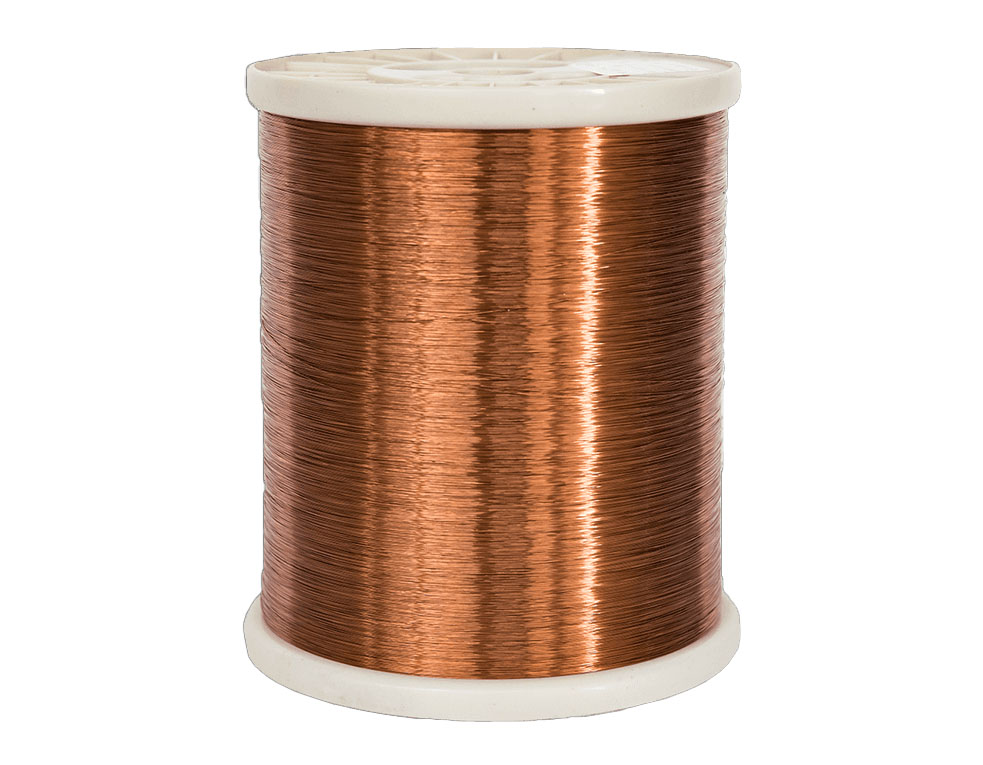Electromagnetic wires are typically made of highly conductive materials, such as copper or aluminum, with an insulating coating that protects the wire and prevents electrical shorts or leaks. The key characteristic of these wires lies in their ability to generate magnetic fields when an electric current passes through them. This property is harnessed in numerous devices and systems, enabling the conversion of electrical energy into mechanical motion, power transmission, and efficient energy transfer.
One of the primary applications of electromagnetic wires is in electrical motors. Electric motors rely on the interaction between magnetic fields produced by the current-carrying wires and permanent magnets to generate rotational motion. The electromagnetic wires in motors are carefully wound around a core or armature, creating a magnetic field that interacts with the fixed magnetic field of the permanent magnets. This interaction results in the conversion of electrical energy into mechanical work, making electric motors a vital component in various industries, including automotive, manufacturing, and robotics.
Another prominent application of electromagnetic wires is in transformers. Transformers are essential devices used in power distribution networks to step up or step down voltages for efficient transmission and utilization of electrical energy. Electromagnetic wires play a critical role in transformers, as they are wound around the core to create primary and secondary coils. When an alternating current passes through the primary coil, it induces a magnetic field in the core, which, in turn, generates a current in the secondary coil. This electromagnetic induction process allows for efficient voltage transformation and power distribution across different voltage levels.
Electromagnetic wires are also used in the production of electromagnets and electromagnetic coils. These components find applications in various devices, including relays, solenoids, actuators, and magnetic resonance imaging (MRI) machines. By controlling the current flow through the electromagnetic wires, the strength and direction of the magnetic field can be precisely regulated, enabling precise control and manipulation of mechanical systems, such as valves, switches, and robotic arms.
electromagnetic wires are instrumental in the development of electrical and electronic systems for renewable energy generation. They are utilized in wind turbines and solar panels, where they enable the efficient conversion of wind and solar energy into electrical energy. Electromagnetic wires play a crucial role in the generation, transmission, and distribution of clean energy, contributing to the global efforts to mitigate climate change and transition to a sustainable energy future.
















